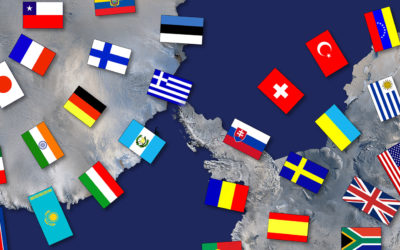
The Antarctic Treaty (1959)
Antarctica - a continent for peace and science
There are few places on Earth where there has never been war, where the environment is fully protected, and where scientific research has priority. The whole of the Antarctic continent is like this. A land which the Antarctic Treaty parties call a natural reserve, devoted to peace and science.

Antarctica - a continent for peace and science

How the Antarctic Treaty preserves and protects the continent devoted to peace and science
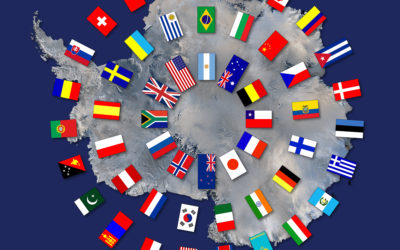
Learn about the Environmental protocol
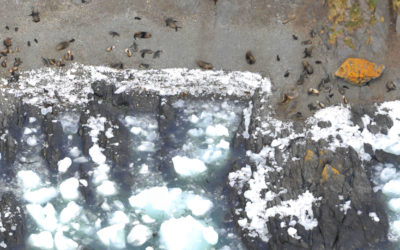
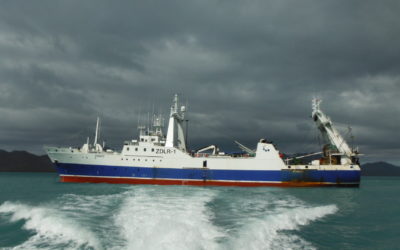
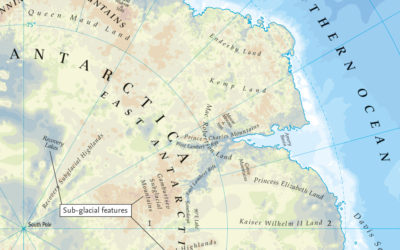
A continent for peace and science
The Antarctic Treaty came into force on 23 June 1961 after ratification by the twelve countries then active in Antarctic science. The Treaty covers the area south of 60°S latitude. Its objectives are simple yet unique in international relations. They are:
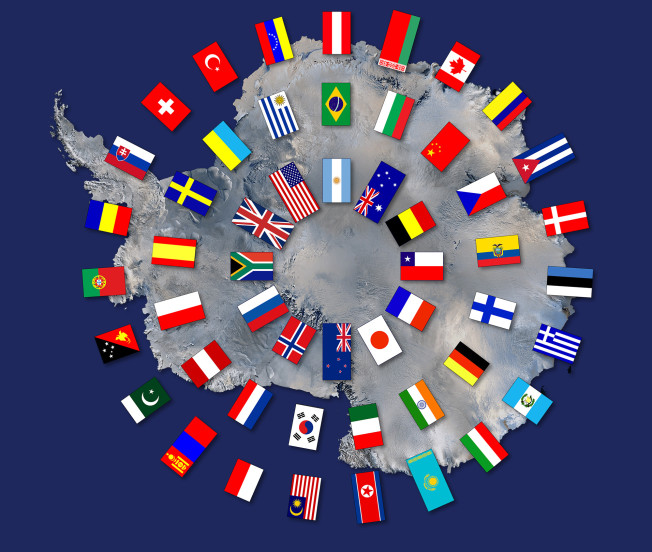
The treaty remains in force indefinitely. The success of the treaty has been the growth in membership. Forty six countries, comprising around 80% of the world’s population, have acceded to it. Consultative (voting) status is open to all countries who have demonstrated their commitment to the Antarctic by conducting significant research.
Signatories to the Antarctic Treaty:
| Country | Date of entry into force | Consultative status |
|---|---|---|
| Argentina | 23-6-61 | Original signatory |
| Australia | 23-6-61 | Original signatory |
| Austria | 25-8-87 | |
| Belgium | 23-6-61 | Original signatory |
| Belarus | 27-12-06 | |
| Brazil | 16-5-75 | 27-9-83 |
| Bulgaria | 11-9-78 | 05-6-98 |
| Canada | 04-5-88 | |
| Chile | 23-6-61 | Original signatory |
| China | 08-6-83 | 07-10-85 |
| Colombia | 31-1-89 | |
| Cuba | 16-8-84 | |
| Czech Republic | 01-9-93 | |
| Denmark | 20-5-65 | |
| Ecuador | 15-9-87 | 19-11-90 |
| Estonia | 17-5-01 | |
| Finland | 15-5-84 | 20-10-89 |
| France | 23-6-61 | Original signatory |
| Germany | 05-2-79 | 03-3-81 |
| Greece | 08-1-87 | |
| Guatemala | 31-7-91 | |
| Hungary | 27-1-84 | |
| India | 19-8-83 | 12-9-83 |
| Italy | 18-3-81 | 05-10-87 |
| Japan | 23-6-61 | Original signatory |
| Korea DPRK | 21-1-87 | |
| Korea ROK | 28-11-76 | 09-10-89 |
| Monaco | 30-05-08 | |
| Netherlands | 30-3-67 | 19-11-90 |
| New Zealand | 23-6-61 | Original signatory |
| Norway | 23-6-61 | Original signatory |
| Papua New Guinea | 16-9-75 | |
| Peru | 10-4-81 | 09-10-89 |
| Poland | 23-6-61 | 29-7-77 |
| Romania | 15-9-71 | |
| Russian Federation | 23-6-61 | Original signatory |
| Slovak Republic | 01-1-93 | |
| South Africa | 23-6-61 | Original signatory |
| Spain | 31-3-82 | 21-9-88 |
| Sweden | 24-4-84 | 21-9-88 |
| Switzerland | 15-11-90 | |
| Turkey | 24-1-96 | |
| Ukraine | 28-10-92 | 04-6-04 |
| United Kingdom | 23-6-61 | Original signatory |
| United States | 23-6-61 | Original signatory |
| Uruguay | 11-1-80 | 07-10-85 |
| Venezuela | 24-3-99 |
Twenty eight nations, including the UK, have Consultative status. The Treaty parties meet each year at the Antarctic Treaty Consultative Meeting. They have adopted over 300 recommendations and negotiated separate international agreements, of which three are still in use. These, together with the original Treaty provide the rules which govern activities in Antarctica. Collectively they are known as the Antarctic Treaty System (ATS).
The three international agreements are:
The full text of the Treaty is given in The Antarctic Treaty (1959)
Flags of the Antarctic Treaty Nations, as at June 2015